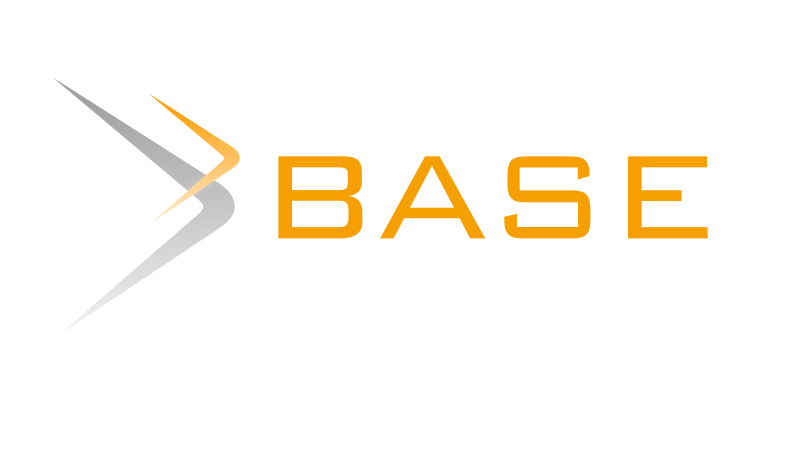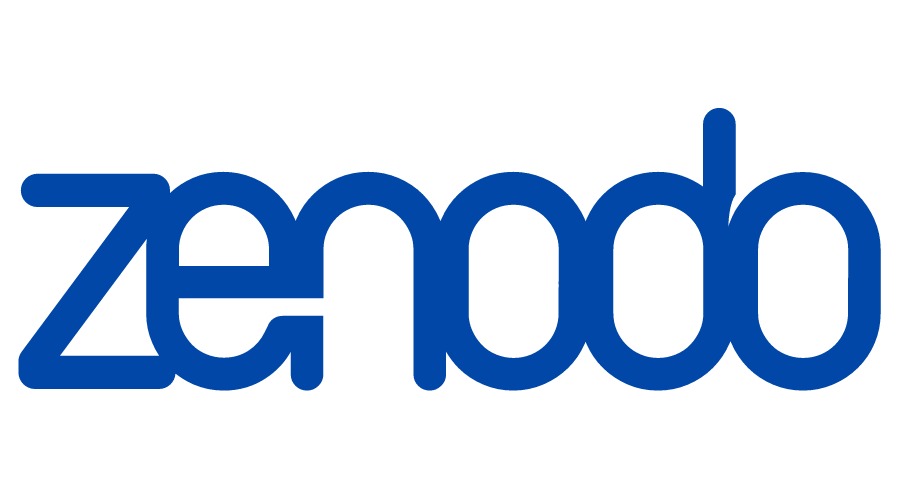International Journal of Contemporary Research In Multidisciplinary, 2025;4(4):609-614
The Digital Shift: Assessing the Role and Impact of ICT in Shaping the Indian Education System in the 21st Century
Author Name: Nisar Hussain; Dr Anis Jahan;
Paper Type: review paper
Article Information
Abstract:
Information and Communication Technology (ICT) has emerged as a transformative force in the field of education, enabling digital learning, e-learning to become a cornerstone of modern pedagogy. This paper explores the evolution, role, and impact of ICT in education, particularly within the Indian context. It highlights how e-learning—facilitated by computers, internet access, and multimedia resources—has revolutionized traditional teaching and learning methods by enhancing accessibility, engagement, and interactivity. The document also outlines major ICT initiatives launched by the Government of India, such as UGC-Infonet, Brihaspati, Edusat, Sakshat, e-SikShak, e-Yantra, Oscar++, Fosse, e-Kalpa or D-Source, Virtual Learning Environment (VLE), Diksha, PM e-Vidya, MOOCS on Swayam, Nishtha, e-Jaadui Pitera, Prashast, DTH Ist Channel Number 31, National Academic Depository, National Digital Library, e-Shodh Sindhu, Talk To Teacher, which aim to bridge educational gaps and promote inclusive, equitable learning across the country. Furthermore, the integration of ICT is shown to support personalized learning, enhance teacher training, streamline administrative processes, and foster a global and lifelong learning environment. Despite its many benefits, the widespread implementation of ICT still struggles with issues such as unequal access to digital resources, inadequate infrastructure, and the need for ongoing professional development of educators.
Keywords:
ICT, Indian Education System, Digital Learning, e-Learning, 21st Century Education
How to Cite this Article:
Nisar Hussain,Dr Anis Jahan. The Digital Shift: Assessing the Role and Impact of ICT in Shaping the Indian Education System in the 21st Century. International Journal of Contemporary Research in Multidisciplinary. 2025: 4(4):609-614
Download PDF


